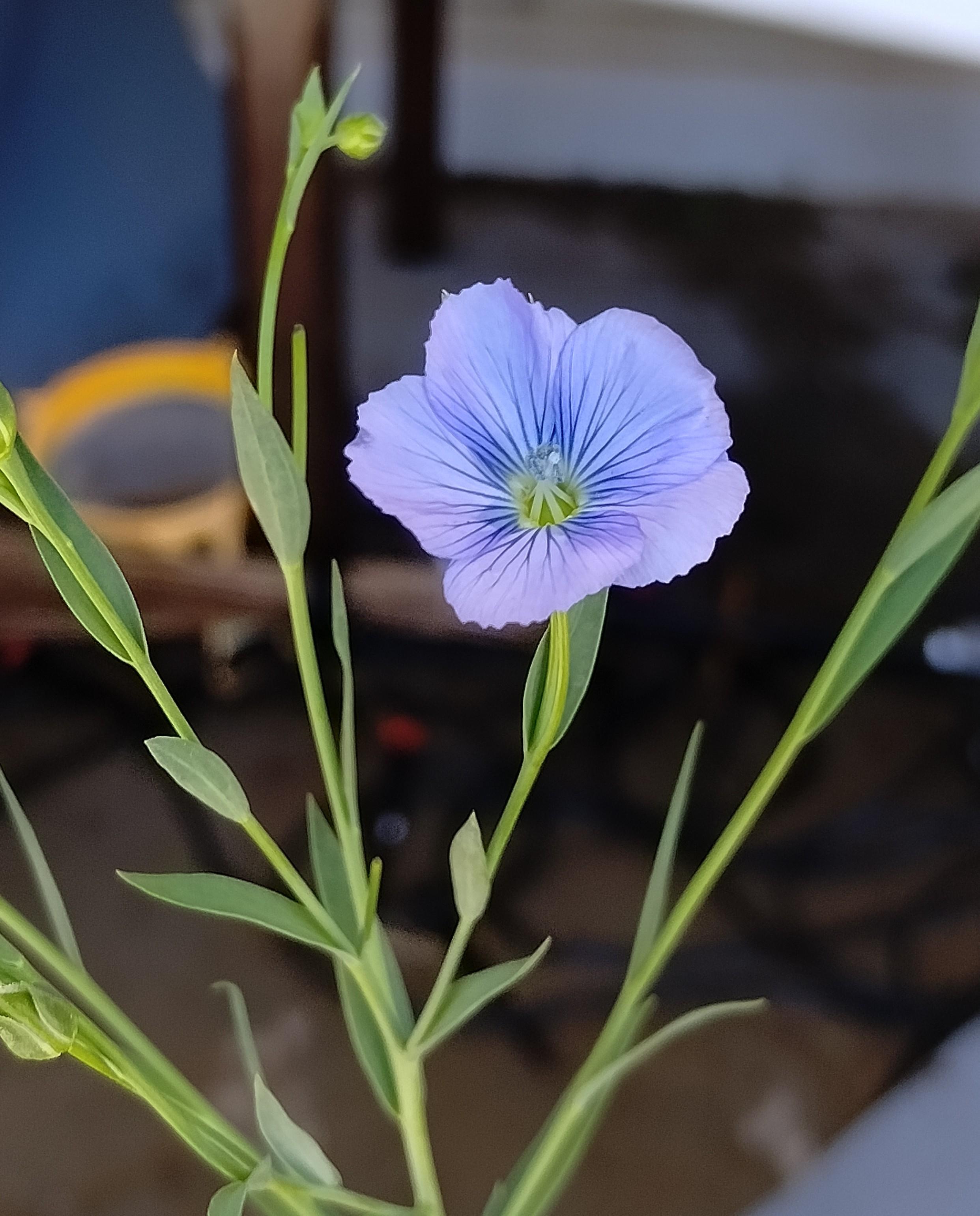
Flax (Linum usitatissimum)
Flax, also known as Linseed
Flax (Linum usitatissimum) is an annual plant known for its slender stems and narrow leaves, typically growing between 61 to 91 cm (2 to 3 feet) tall. It features sky-blue flowers that bloom in summer, each of which develops into a seed pod containing 4 to 10 seeds. Flax is primarily grown for its versatile uses, including fiber production, linseed oil, and edible seeds.
Ideal growing conditions for flax include full sunlight and cool temperatures. The plant thrives in well-drained, fertile soil with a pH range of 6.0 to 7.5. Consistent moisture is crucial, though it should not be waterlogged.
Flax serves multiple purposes:
1. **Fiber**: The plant's fibers are processed to create linen textiles.
2. **Culinary**: Flaxseeds are consumed whole, ground, or as oil, valued for their nutritional content, especially omega-3 fatty acids.
3. **Industrial**: Linseed oil is utilized in various industrial products like paints and coatings.
By providing the right environmental conditions, flax can be successfully cultivated for its numerous beneficial applications.
Key Facts About Flax
Attributes of Flax
Scientific Classification of Flax
Toxicity
ingesting, significant physical contact with its sap, contact with the sap, chewing the leaves or stems